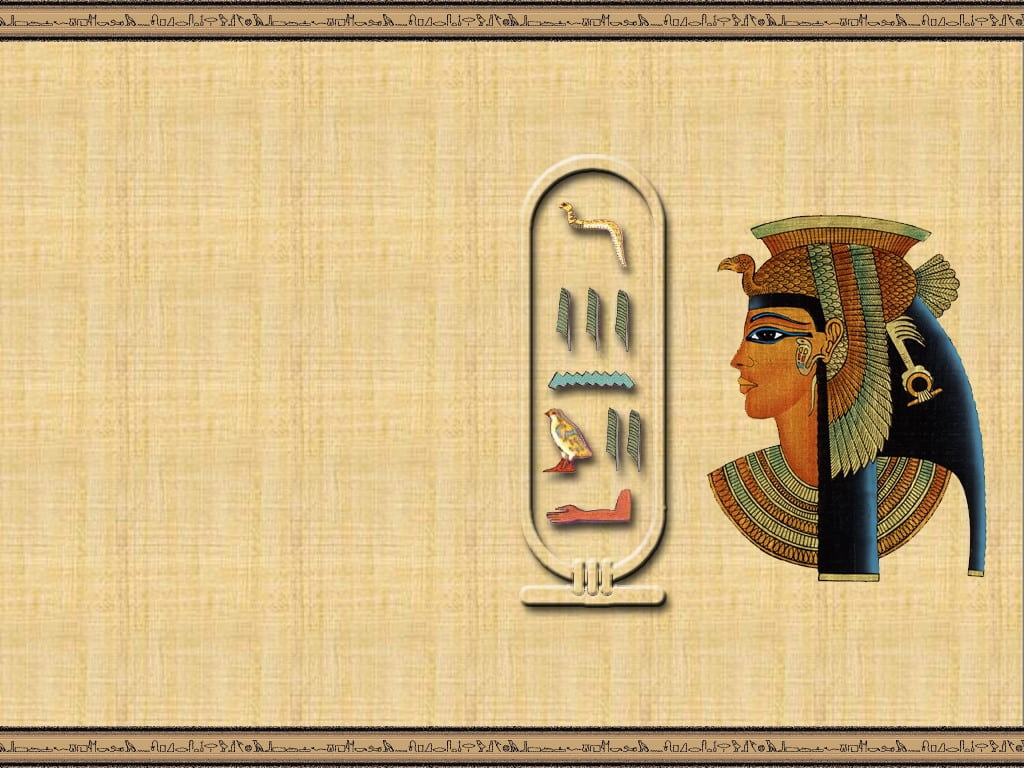Title: Unraveling the Mysteries of King Tutankhamun: A Glimpse into Ancient Egypt's Golden Pharaoh
Introduction:
The enigmatic figure of King Tutankhamun, better known as King Tut, continues to captivate our imagination and provide a window into the ancient world of Egypt. Discovered in 1922 by British archaeologist Howard Carter, the intact tomb of King Tutankhamun brought forth an extraordinary treasure trove and sparked a renewed interest in ancient Egyptian history. In this blog post, we will delve into the life, death, and legacy of the boy king, exploring the mysteries that still surround his reign and the cultural significance of his tomb.
1. The Life of King Tutankhamun:
King Tutankhamun ascended to the throne at the tender age of nine, during the 18th dynasty of ancient Egypt. Born circa 1341 BCE, Tutankhamun was the son of Pharaoh Akhenaten, who introduced a religious revolution by advocating the worship of a single deity, the sun god Aten. Tutankhamun's reign lasted a mere ten years before his premature death at the age of nineteen. Although his reign was relatively short, it left an indelible mark on history.
2. The Discovery of the Tomb:
Howard Carter's discovery of King Tutankhamun's tomb in the Valley of the Kings was a watershed moment in archaeology. Unveiling the burial chamber in 1922 revealed a staggering array of artifacts, including golden chariots, intricate jewelry, exquisite statues, and the iconic golden burial mask adorning the mummy. This unparalleled wealth of treasures provided unparalleled insights into the opulence and craftsmanship of ancient Egypt.
3. The Curse of the Pharaoh:
The popular notion of a "Curse of the Pharaoh" surrounding the discovery of King Tutankhamun's tomb is both captivating and mysterious. While some argue that the curse was a mere fabrication, others point to the unexplained deaths of several individuals associated with the excavation. Explore the origins and controversies surrounding this myth, separating fact from fiction.
4. Tutankhamun's Death and Mummy:
The circumstances surrounding King Tutankhamun's death remain a subject of debate and speculation. Scientific examinations of his mummy in recent years have shed new light on possible causes, suggesting a combination of genetic disorders and injuries. Discover the fascinating forensic investigations that have helped uncover the secrets of the boy king's untimely demise.
5. The Cultural Significance:
King Tutankhamun's tomb provides invaluable insights into ancient Egyptian funerary practices, religious beliefs, and artistic mastery. The tomb's elaborate decorations, intricate murals, and carefully arranged burial goods demonstrate the Egyptians' deep reverence for the afterlife. Explore the symbolism and meaning behind the artifacts, shedding light on the religious and cultural context of ancient Egypt.
Conclusion:
King Tutankhamun, despite his brief reign, continues to capture the imagination of people worldwide. His tomb, with its remarkable treasures and mysteries, offers a glimpse into the rich and complex world of ancient Egypt. As archaeologists and historians continue to study and unravel the secrets surrounding King Tutankhamun, we gain a deeper appreciation for the civilization that flourished along the Nile thousands of years ago. The legacy of this golden pharaoh will forever remain etched in the annals of history, reminding us of the greatness and enduring allure of ancient Egypt.




Comments
Post a Comment